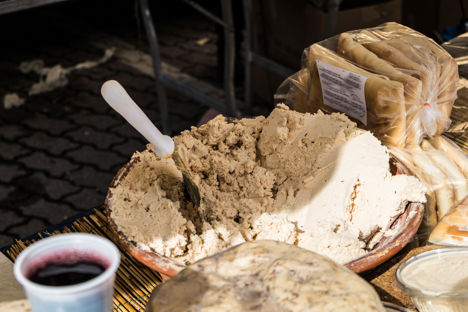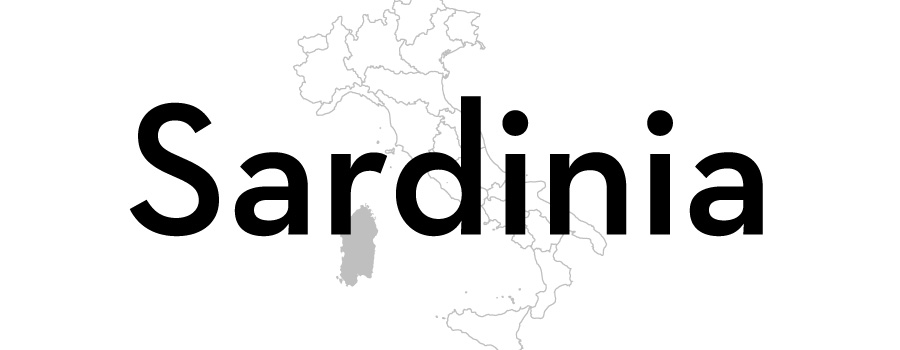
Casu Marzu: Sardinia's illegal cheese
Normally, if your cheese looks like it’s wriggling, you’d throw it straight in the bin. But on the island of Sardinia, rural cheesemakers actively encourage maggots to worm their way through their products. Get to know more about this traditional cheese (if you’ve got a strong stomach!) and why it’s so popular in Sardinia.
Casu Marzu: Sardinia's illegal cheese
Normally, if your cheese looks like it’s wriggling, you’d throw it straight in the bin. But on the island of Sardinia, rural cheesemakers actively encourage maggots to worm their way through their products. Get to know more about this traditional cheese (if you’ve got a strong stomach!) and why it’s so popular in Sardinia.
Whether you want to eat it for its flavour, as an act of bravado or just sheer curiosity is getting the better of you, one thing’s for sure – you won’t find maggot-infested Casu Marzu (‘rotten cheese’) in any shop. It’s been banned by the European Food Safety Authority which means it’s illegal to buy or sell. Despite this, it’s still possible to find on the black market in Sardinia, and you’ll often need to know the right people to get close to what is often referred to as ‘the most dangerous food in the world’.
It’s said that Casu Marzu has been made on Sardinia for thousands of years, which is why the local communities dotted around the island regard it as a vital part of their culinary heritage. The cheese itself is made from sheep’s milk like a standard pecorino, but once it is formed into a solid wheel the top is cut off and it’s left out in the open, with cheese flies (known as Casei or Piophilidae) laying their eggs on the softer paste inside. Once the cheese is thoroughly infested, the lid of the cheese is replaced and it’s left to mature in a dark, cool room for several months. During this time, the eggs hatch and the larvae get to work eating as much cheese as they can. As the cheese passes through their bodies, it takes on its unique pungent flavour and creates a soft, spreadable texture.
Once the larvae have eaten their way through the majority of the cheese, it’s ready to eat. However, it needs to be consumed before the larvae die – if this happens, the cheese has gone bad and needs to be thrown away. That means for anyone wanting to taste the famous flavour of Casu Marzu, they need to be willing to eat it – wriggling maggots and all. It apparently tastes like a very strong Gorgonzola, with plenty of black pepper notes, and the creamy texture is perfect for spreading on one of Sardinia’s many famous breads.
If you do manage to get your hands on some, there are a few things to keep in mind when eating Casu Marzu. You need to close your eyes as you bring the cheese to your mouth – not just to protect yourself from the sight of dozens of wriggling maggots, but because they like to jump when disturbed. There’s a chance they could jump up into your eyes and cause some serious damage. Also, don’t be tempted to swallow the cheese as fast as possible – it needs to be thoroughly chewed, as there’s a risk that any whole, living larvae that make their way into your stomach and intestines unscathed will start burrowing through your organs.
As you can see, there are some pretty valid reasons why the EU decided to make Casu Marzu illegal. However, for the people of Sardinia and the more adventurous foodies of the world, there’s nothing better than getting your hands on a piece of this infamous cheese. If you do manage to find a Sardinian happy to share theirs with you, it’s best enjoyed with a piece of pane carasau (a very thin crisp flatbread) briefly soaked in water and a glass of strong, bold, Sardinian red wine.
The majority of you reading this article are probably confident that, if the rare opportunity came up to taste Casu Marzu, you would politely decline. But we don’t seem to have the same concerns when eating fresh, living oysters, or enjoying a slice of Mimolette, the French cheese full of mites. Then again, they don’t wriggle when you’re biting them.

